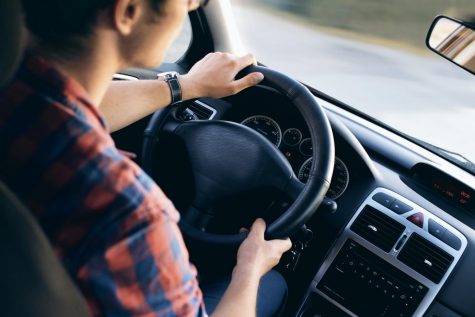Self-Driving Cars
Recently, in Arlington, Virginia, a gray van made national headlines when it seemed there was no driver. Just this week Dubai tested an unmanned two-seated drone designed to be a flying taxi service. Self-driving vehicles may not be far off.
Nebraska was one of the first states ever to have a self driving car test.
Sixty years ago, a 1957 Chevy was headed down U.S. 77 near the Nebraska 2 intersection guided by wire coils buried in the highway. This was the first real highway example of a system that some thought would eventually allow cars to be able to drive by signals from electronic wiring buried in the highway, instead of needing a human to operate.
Promoters thought the Nebraska experiment would cause a new era of “electronic chauffeurs,” which would eliminate accidents caused by a driver being drowsy or just careless.
This experiment took place because of state traffic engineer Leland Hancock, many years before Google and Tesla began experimenting with self-driving cars, and long before Lincoln started trying their own driverless downtown shuttle service.
For four years Hancock wrote letters and was able to get researchers with the Radio Corporation of America to cooperate. He got money and the permission to lay coils at the intersection of U.S. 77 and Nebraska 2 as it was built.
Senior Derek Ruhl doesn’t think self-driving cars would be a good idea, “I would much rather be able to be in control of my vehicle and what’s going on rather than a GPS navigation system. Because the self- driving car doesn’t know that the car in the next lane over is sleepy and veering into my lane, it would cause a lot of accidents I think.”
Senior Jacob Bajc said, “I think it’s a cool idea to have self-driving cars, but I would not ideally want to be in a car that I have no control over if something was to go wrong.”





